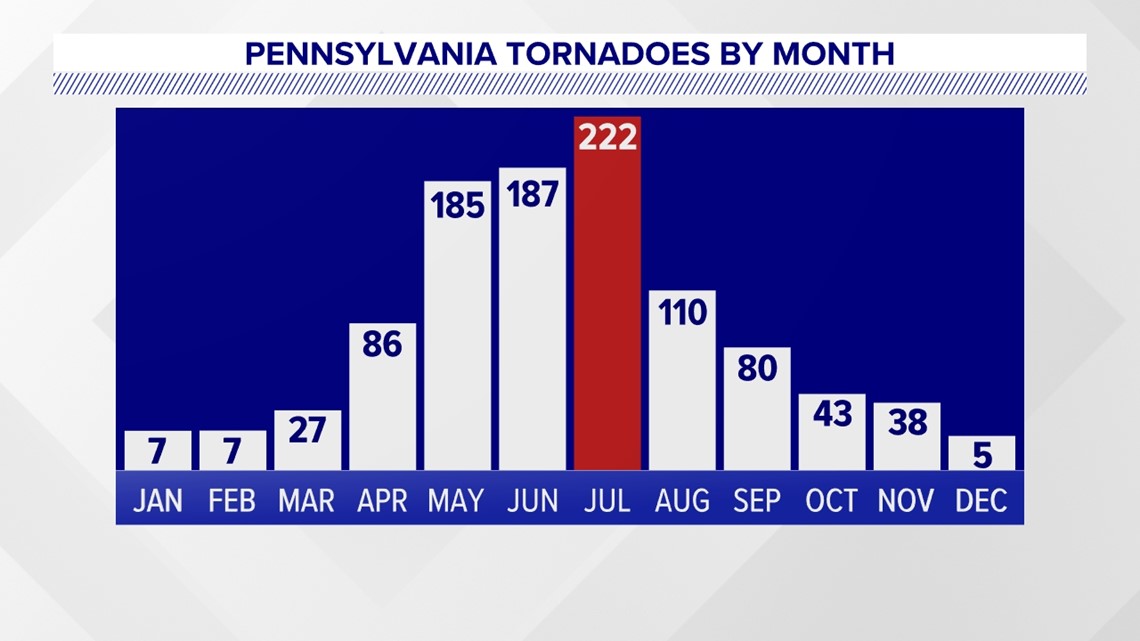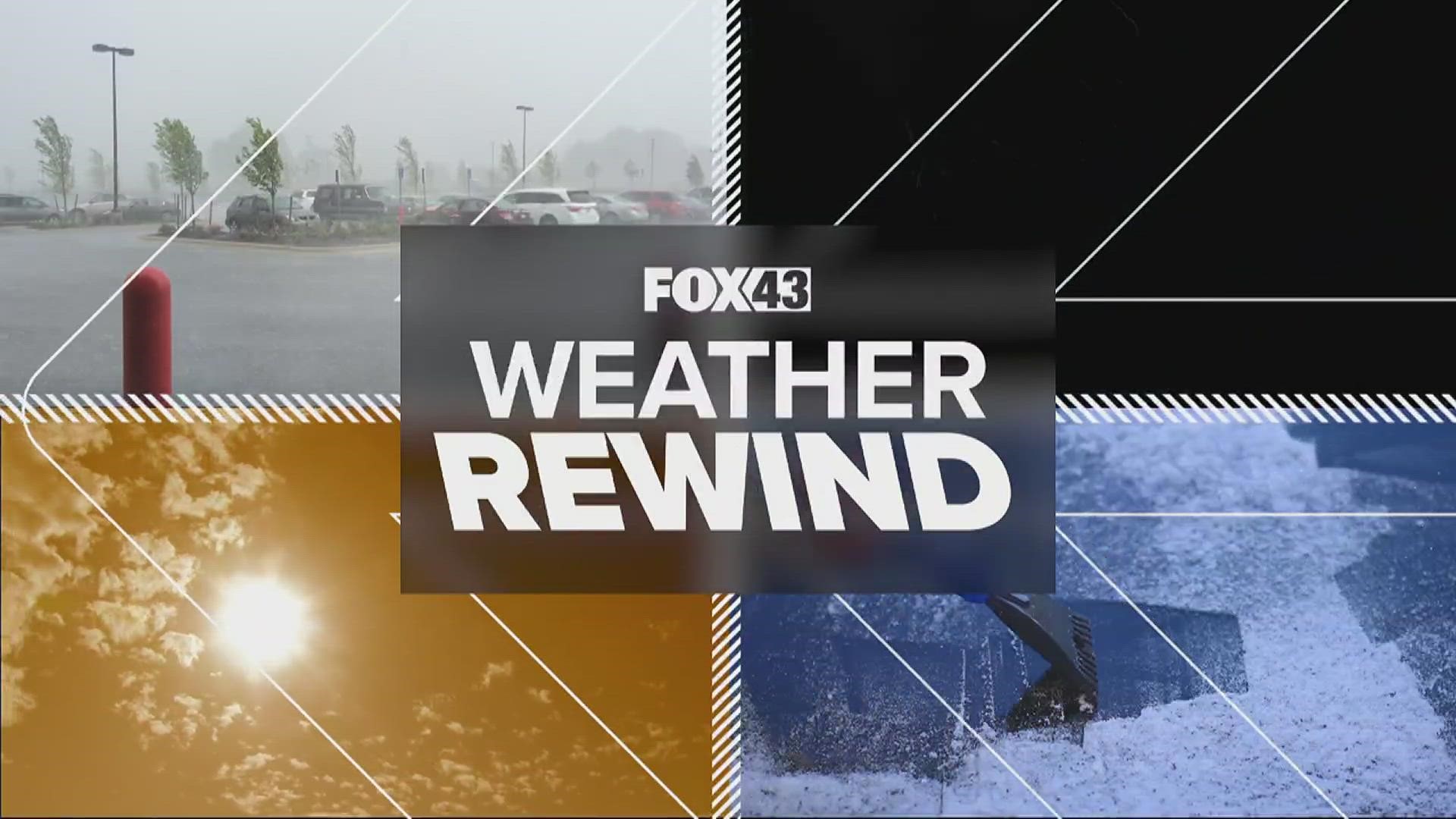MEMPHIS, Tenn. — It’s time for this week’s weather rewind, where we look back at this past week’s weather, but with a twist.
With all the UFO talk in the headlines over last few weeks, let’s take a look at some identifiable flying objects meteorologists use daily for forecasting and researching purposes.
Even in February, we need these tools, because severe weather and tornadoes can occur year-round.
Some places are more prone than others, but central Pennsylvania hasn’t gone without in recent years.
LET’S REWIND
Climatologically, much of the country is spared severe storms and tornadoes during the cold winter months.
The South is the most susceptible this time of year.
Researchers joined the National Weather Service in Memphis, Tennessee last week to collect data and analyze weather.
They used many tools, and weather balloons are a common one to sample conditions throughout the atmosphere!
As a side note—these are used throughout the country!
The data researchers collected will be used to help make important weather decisions in the future to save lives.
It might be February, but the south still has to be on guard for severe storms and tornadoes—they’ve even had some severe weather the last couple of days!
Although it’s very uncommon, central Pennsylvania can get severe weather in February, and we’ve even had tornadoes in February before.
Let’s take a look!
WHAT’S HAPPENING?
You don’t even have to look too far into the past for a tornado in February here in central Pennsylvania.
In 2017, a tornado touched down in Hellam Township in York County.
The National Weather Service confirmed it was an EF1 tornado, with maximum wind speeds estimated at 90 miles per hour and a path length just under 2 miles.
Also in 2016, a tornado touched down near White Horse in Lancaster County on Feb. 24.
This one was ranked a high-end EF2, with winds estimated at 125 miles per hour!
Fortunately, there were no injuries or fatalities reported with either tornado.
These were two of seven February tornadoes in the state since 1950, when the Fujita Scale was first introduced.


February is tied for second place behind December for fewest tornadoes by month—to be expected, since the bottom three are all winter months, after all!
We get our most tornadoes in the warmer months, of course.
May, June and July are the three top-producing tornado months, with July in the number one place at 222 tornadoes.
Stay tuned for the whys behind the weather wonders that grab our attention each week!

